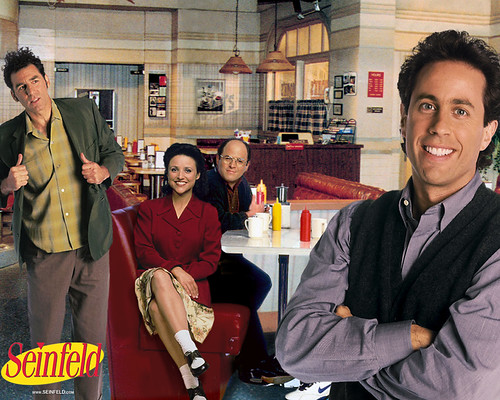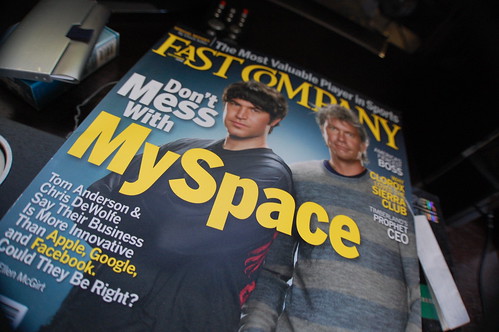Marketing Online Live interests and frustrates me.
It interests me because Paul and Alex have some good stuff to say, and I like the entrepreneurial way they think.
It frustrates me because they try to reduce everything to a system - which may well be the secret to their success. Even in their latest episode, Alex (who admits he doesn't actually run his own Twitter account) suggested coming up with a set of rules for Twitter ettiquette - as if everyone was on Twitter for the same reason.
I did some soul searching to figure out why this bugged me. Two reasons:
a) It oversimplifies reality.
b) It goes against my worldview, which is shaped by my Evangelical upbringing and the gospel message. In a nutshell, it says that life is not about keeping the rules, but it's about relationships. This resonates strongly with me, because most of my life, I haven't fit into the "norm" for whom rules are mostly written.
You don't have to be a Christian to believe that the universe is about relationships vs rules. But what about the world of business? Isn't that necessarily about systems?
I was willing to think so, and believe myself to be hopelessly idealistic, but it seems business may actually be about relationships after all.
The book Disrupting Class predicts that schools - in fact, any form of educational institution - will soon change (will need to change!) from a value-chain model where products are designed for one-size fits as-many-as-possible, to a facilitated user network model, where people use tools to help each other, in the way that suits them.
I haven't got to the bit that explains the economics yet, but it's an interesting shift away from monolithic systems, towards real human relationships.
Look out for my review of Disrupting Class in the next issue of Idealog.
It interests me because Paul and Alex have some good stuff to say, and I like the entrepreneurial way they think.
It frustrates me because they try to reduce everything to a system - which may well be the secret to their success. Even in their latest episode, Alex (who admits he doesn't actually run his own Twitter account) suggested coming up with a set of rules for Twitter ettiquette - as if everyone was on Twitter for the same reason.
I did some soul searching to figure out why this bugged me. Two reasons:
a) It oversimplifies reality.
b) It goes against my worldview, which is shaped by my Evangelical upbringing and the gospel message. In a nutshell, it says that life is not about keeping the rules, but it's about relationships. This resonates strongly with me, because most of my life, I haven't fit into the "norm" for whom rules are mostly written.
You don't have to be a Christian to believe that the universe is about relationships vs rules. But what about the world of business? Isn't that necessarily about systems?
I was willing to think so, and believe myself to be hopelessly idealistic, but it seems business may actually be about relationships after all.
The book Disrupting Class predicts that schools - in fact, any form of educational institution - will soon change (will need to change!) from a value-chain model where products are designed for one-size fits as-many-as-possible, to a facilitated user network model, where people use tools to help each other, in the way that suits them.
I haven't got to the bit that explains the economics yet, but it's an interesting shift away from monolithic systems, towards real human relationships.
Look out for my review of Disrupting Class in the next issue of Idealog.













